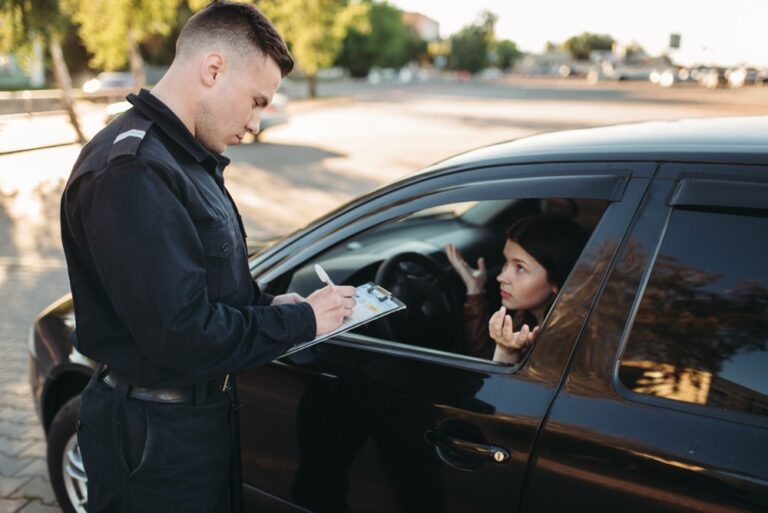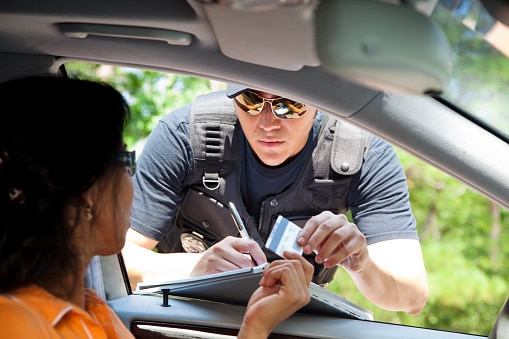
Over the weekend, the Ontario Provincial Police (OPP) launched a distracted driving campaign. The campaign is targeting drivers on the cell phones in order to raise awareness of the increasing collisions and deaths related to distracted driving.
In the press release, OPP states, “In 2013, distracted driving fatalities surpassed both impaired and speed related fatalities in fatal motor vehicle collisions investigated by the OPP. A total of 78 persons died in distracted driving related collisions compared to 57 impaired driving deaths and 44 speed related deaths last year.”
Over the next week, we will look into the specifics of distracted driving, covering what it means, what are the consequences, and what insurance companies are saying.
Today, let’s look at what distracted driving is and what it means to drivers.
Distracted driving is NOT a charge under the Highway Traffic Act (HTA). When police or the media refer to distracted driving, usually they are talking about three charges under the HTA that deal with hand-held devices and display screens.
Section 78(1), 78.1(1), and 78.1(2) reads that you cannot have a screen visible to you other than your car’s built-in screen, you cannot be using a mobile phone while driving, and you cannot be using an entertainment device while driving.
Distracted driving also encompasses those things that drivers do that aren’t quite safe, but are not illegal, like eating, putting on makeup, adjusting the car’s controls, etc.
Doing those things are not necessarily a charge in itself, but you could land yourself a careless driving ticket especially if you get in an accident as a result.


